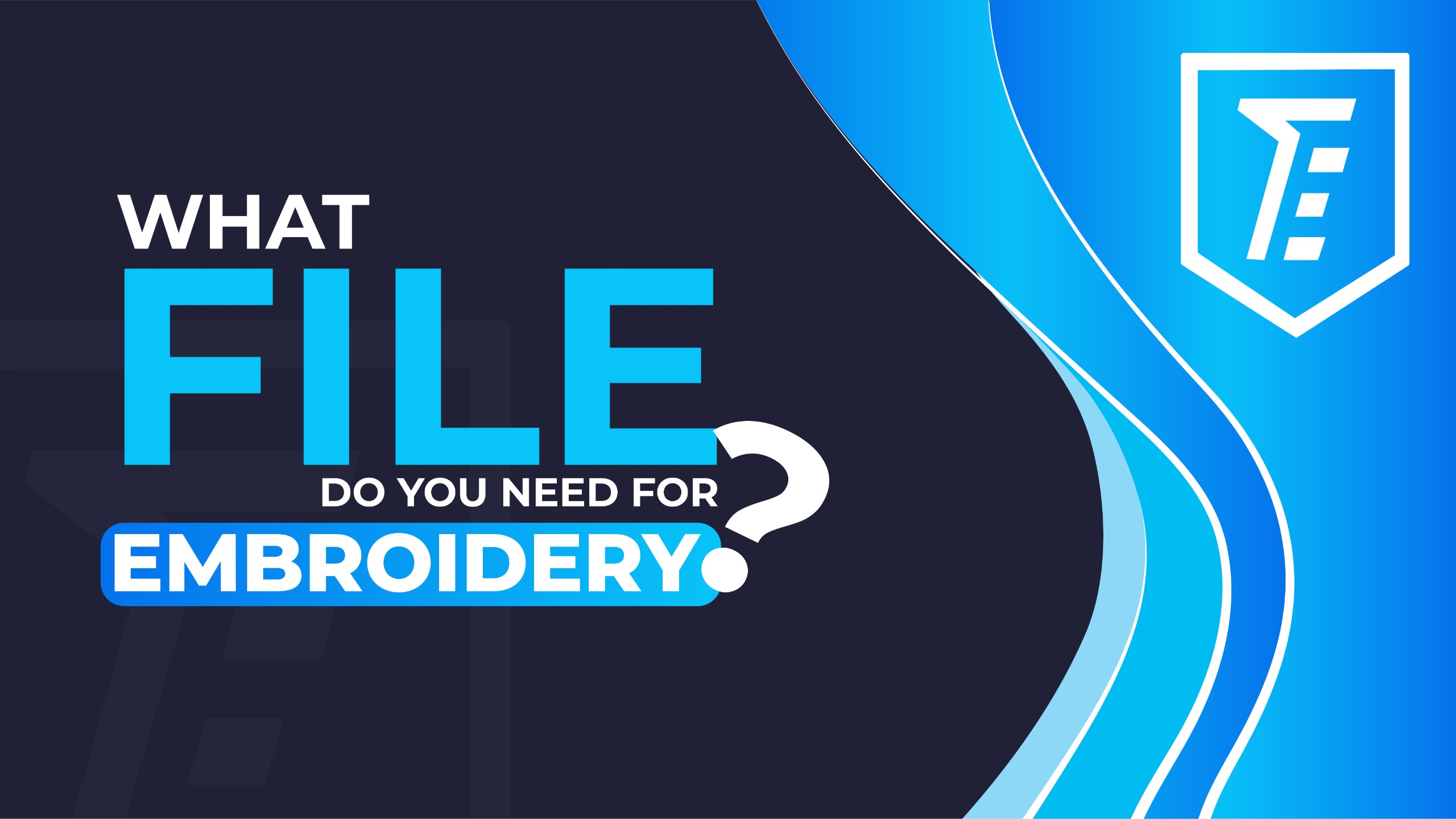

The practice of machine embroidery is one that excites and fascinates embroiderers. While it is all about craft, creativity, and making something real, it’s also a bit technical. It requires you to manipulate and control the digital machine embroidery files that the system reads.
For embroidery you need different file formats like ART, PES, DST, HUS, VIP, and JEF etc. However, all these files are not supported by every machine. Therefore, you need to know about files and embroidery machine compatibility.
Many people face challenges in choosing the right embroidery file format. It’s a decision that requires a balance of creativity and technical know-how, and an understanding of your embroidery machine’s capabilities. Therefore, today I am here with the information related to files you need for embroidery. So, keep reading if you want to cope up with digital embroidery.
If you want to sew any design, you have to load it onto your embroidery machine. But what file format should you use? What are the embroidery machine file formats?
For beginners in embroidery, it’s crucial to learn some basic skills. First off, it’s important to know which file formats work with your embroidery machine. This helps avoid any hiccups when you’re trying to bring your designs to life. Another handy skill is using online converters. These are like magic tools that change regular pictures into embroidery designs. So, if you have a cool image you want to stitch, these converters make it possible without any headaches. Learning these things not only makes embroidery easier but also lets you have more fun being creative with your stitching projects.
This blog will cover all you need to know about the machine embroidery file format. In this comprehensive overview, I will guide you on which file you should use for your embroidery machine. We will also dive into a few important expertise that every embroiderer should teach.
First, we need to know about embroidery file format. What is basically a machine embroidery file format?
An embroidery machine file format includes a collection of commands and information for the embroidery machine to read, fill out a design effectively. First of all, it tells the embroidery system the wide variety of various colorations of thread to use, what those colorations are, and when to alter coloration etc. However, graphic files don’t carry specific information tailored for stitching machines. Here are some unique commands that a graphic file lacks.
Read More: How to Convert Images to Digital Art Online
Now you know why machine embroidery file formats are extraordinarily distinct from graphic file formats like PDFs, SVGs, and JPEGs.
Which file format will be suitable for your machine? For this, let’s dig into it more. Which file format is suitable for your embroidery machine?
Making or finding the correct machine embroidery file you need is the most crucial step in sewing out an embroidery design. You must make sure that the design’s format is valid. Machines that embroider with various threads use machines that read varying sorts of files. So, if you want to understand which type of format your machine can read, you can ask your seller or have some general info about the format and your embroidery machine.
Read More: Top 12 Best Digitizing Companies in USA
There we go, some common types of machine embroidery file formats. You can check the list of file formats for embroidery paired with machine compatibility. However, if you want to keep yourself away from technical stuff, contact the embroider for embroidery digitizing. We provide embroidery in file formats you need.
Some other file formats used by different machines are:
Machine embroidery file format converters are used to convert one file format into another. This conversion is known as batch conversion. Besides, these converters also convert graphic files into file formats for embroidery. For instance, you can convert EMB to DST or EPS to DST. Even though it’s a tough task you can do it yourself using these file format converters. Here is the list of some available converters.
Before using any converter, make sure it supports the specific file formats you’re working with. Besides, always follow the software’s guidelines for usage and compatibility. And, if you have bulk files hire a reliable service of embroidery file converters like “The embroiderer”.
Read More: Is Embroidery Cheaper Than Printing?
Developing a basic understanding of these formats equips new embroiderers with essential skills—knowing what their machine supports ensures frustration-free stitching. So, I hope this will help you better understand the types of machine embroidery file formats that you need to understand very well.
Remember that, for a smooth embroidery journey, opt for versatile file formats like PES, known for its widespread machine compatibility. Besides, free online converters like Convertio or Embroidery Online can seamlessly transform graphic files into embroidery formats, saving both time and effort.
Find embroidery file formats for flawless designs. Learn to choose the perfect one for your machine, ensuring precise replication on fabric.